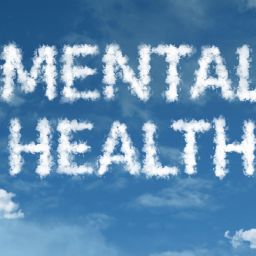What is digital wellbeing?
Whether you are worried about the amount of time you spend on your phone, digital distraction or whether social media is impacting your self-esteem, digital wellbeing looks at how the internet and your digital devices can help or hinder your ability to flourish.
Using digital devices in an unhealthy way has been linked to poor sleep, decreased productivity and can affect our mental health. But there are many benefits of the internet too — professional and social opportunities, access to online learning and staying in touch with friends.
Digital wellbeing helps people to identify what is important to them so they can align their online habits with their values and reduce behaviour’s that negatively impact their life. Here are some of the ways that digital wellbeing can benefit you.
1. Greater creativity and problem-solving
It can be more difficult than ever to find the time to do nothing. Because we carry mini-computers in our pockets, we can spend every spare moment sending emails, reading news and scrolling through social media.
You may not even remember the last time you were bored. But letting our minds wander is essential for creative thinking, problem-solving and planning. Ever wondered why you get your best ideas in the shower? It’s because your mind is relaxed and unfocussed.
2. Developing self-awareness for greater self-control
Digital wellbeing helps you identify your ‘internal triggers’ which make you want to check something on your phone in the first place. By developing greater awareness of the negative emotional states that prompt you to distract yourself, you can find alternative ways of managing those emotions. This helps you to feel more in control of your online habits, as you can anticipate and prepare for your triggers.
3. Nurture an intentional relationship with technology
Digital wellbeing can help you define your goals and values so you can prioritise what you do online. You can then transform your online habits in a way that aligns with what is most meaningful to you. For example, if you find that digital distractions stop you from paying full attention to your loved ones in the moment, you may decide that it’s important to put your phone away in their presence. Similarly, you may decide that you want to use social media more actively to maintain and strengthen your friendships with people who live far away.
4. Improved productivity and focus
On average, it takes a person 23 minutes to recover from an interruption. Whether they are emails, notifications or internal urges to check something online, you may find it is more difficult to return to and complete a task with your undivided attention. By making space for time that is free of interruptions, you can improve your focus for tasks that require problem-solving, strategy and creativity.
5. Healthy boundaries
Prior to the internet, there would have been a clear separation between work and leisure. But employees increasingly take their work home with them, answering emails over weekend and after hours. This helps to create a work culture where employees feel they cannot “switch off”. But an organisation that defines clear digital boundaries for its workforce can lead to a less stressed, more rested and positive work culture.
Digital wellbeing is a necessity for everyone. As our digital devices permeate every aspect of our lives – work, relationships, leisure – finding ways to use them in an intentional and healthy way is essential for making the most of the technology around us.
On Site Wellbeing Company is working with Digital Cooldown to provide online and onsite digital wellbeing workshops for organisations and companies. If you’d like to know more then Contact Us or call us on 0333 900 0212.

















